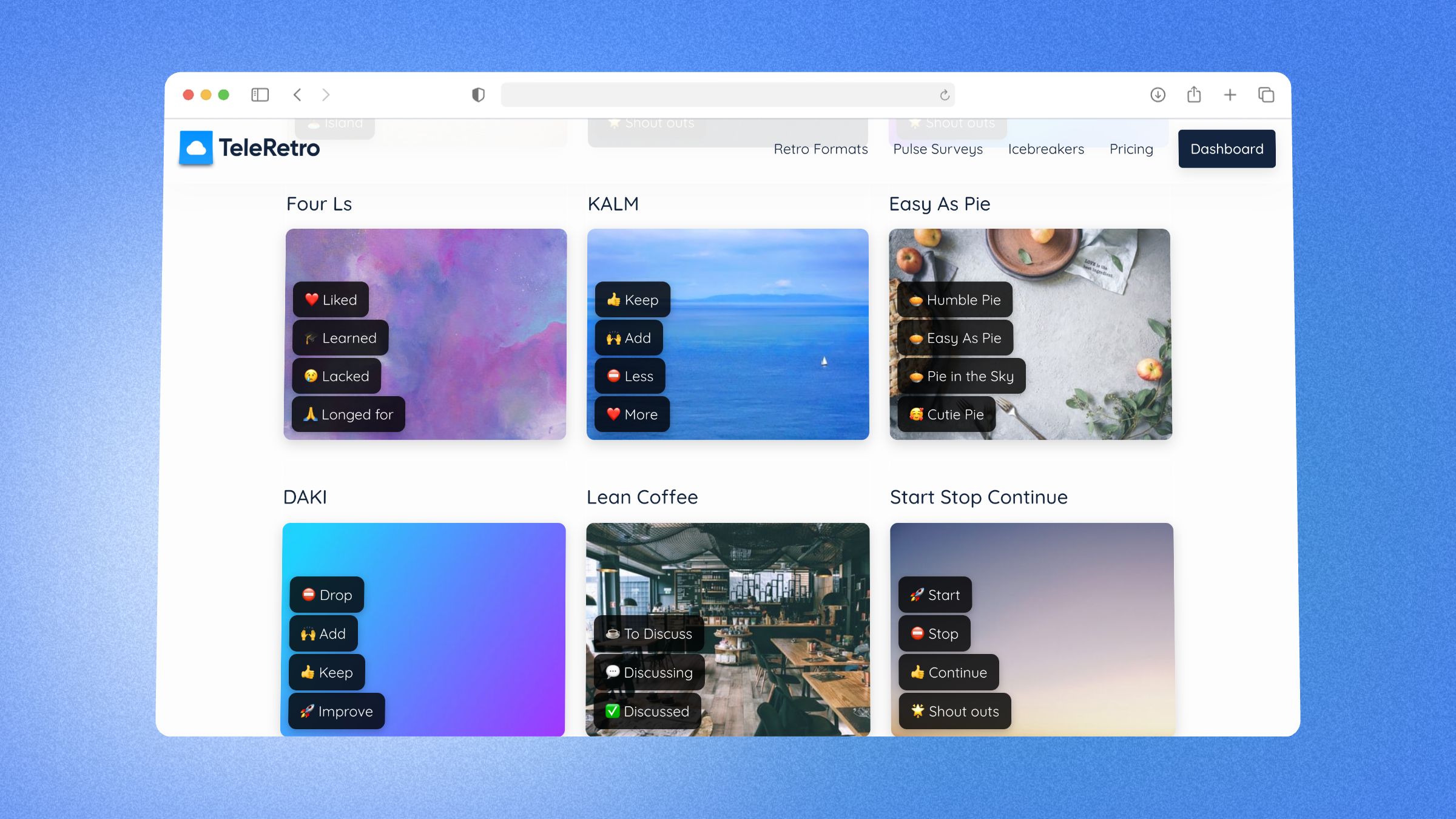What are Agile Retrospectives?
Agile retrospectives are key parts of the agile development approach. They're special meetings where teams take a step back to reflect on their recent work, figure out what can be better, and set clear steps to improve their processes.
- These meetings usually happen after a sprint, which is a set time period for development work.
- They offer a well-structured way for team members to look back on their performance and talk about it together.
Why are they so important?
Agile retrospectives are essential for developing continuous improvement within agile teams.
They provide a platform for teams to:
- Identify successes and celebrate achievements: Retrospectives allow teams to recognize and appreciate their accomplishments, reinforcing positive behaviors and boosting morale.
- Understand what worked well: By revisiting previous sprints, teams can identify successful practices and strategies that can be replicated in future iterations.
- Address challenges and obstacles: Retrospectives encourage open and honest discussions about areas that need improvement, allowing teams to pinpoint potential roadblocks and develop solutions.
- Empower collective problem-solving: Through collaborative brainstorming sessions, agile teams can collectively identify solutions to recurring issues, fostering a sense of ownership and shared responsibility.
- Enhance teamwork and communication: Retrospectives provide a platform for team members to connect, share ideas, and build stronger working relationships, leading to more cohesive and productive teams.
How to run Agile Retrospectives effectively
To maximize the benefits of agile retrospectives, follow these steps:
- Set a positive and constructive tone: Encourage open and honest discussions, prioritizing a safe space for feedback and suggestions.
- Prepare a structured agenda: Establish a clear framework for the retrospective, including timeboxing for each activity.
- Capture feedback through various techniques: Use various methods, such as sticky notes, voting, or role-playing, to gather diverse perspectives.
- Focus on actionable outcomes: Identify specific, measurable, achievable, relevant, and time-bound (SMART) action items that can be implemented in the next sprint.
- Delegate responsibilities: Assign ownership of action items to specific team members, ensuring accountability and follow-through.
Quick Examples
- Set the Stage: Welcome participants, introduce the agenda, and establish ground rules for open and respectful communication.
- What Went Well?: Gather feedback on positive aspects of the previous sprint, identifying areas of success and best practices.
- What Could Be Improved?: Encourage open discussion about challenges, obstacles, or areas where improvements can be made.
- Brainstorm Solutions: Collaboratively brainstorm potential solutions to address the identified issues.
- Prioritize Action Items: Select the most impactful action items and assign ownership to team members.
- Establish Success Criteria: Define clear criteria for evaluating the success of implemented action items.
- Review and Adapt: Schedule a retrospective at the end of the next sprint to review progress and make further adjustments as needed.
Remember, agile retrospectives aren't just meetings. They're powerful foundations for ongoing improvement, helping agile teams learn from their experiences, tweak their ways of working, and achieve outstanding results.
Templates for Agile Retrospectives
At TeleRetro, we offer a wide selection of ready-to-use templates to help you get started.

Simply pick a template and start using it.
Conclusion
Retrospectives are valuable sessions for teams to identify areas for improvement and make positive changes. By reflecting on what went well and what could be done differently, teams can continuously enhance their processes and achieve better results.
